The designers of physical retail and hospitality experiences are well aware that the digital presence of a project has rapidly grown in importance. With this evolution has come almost an entirely new understanding of how the physical and digital interact.

January 12th, 2022
According to AusPost’s latest ecommerce industry report released in August 2021, shopping online rose a massive 26.9 per cent year- on-year for the 12 months leading up to 31 July 2021. The fact is somewhat unsurprising, given the events of 2020 and COVID-19 mandates to stay at home.
What might not have been anticipated, perhaps, is that during the reopening of Australia’s businesses between bouts of lockdown, there was not nearly as much drop-off in online shopping as you might expect. In November 2020, a month in which in-person trading was largely open for business, online purchases were up 55.6 per cent over the previous year.

What this means is that even with the possibility of physical shopping as an option, consumer habits are rapidly changing. The urgent need to take up new technologies has indoctrinated many into a world they had previously resisted or been hesitant to learn how to navigate. And the effects of this extend far beyond retail.
Browsing online is suddenly second nature for almost every consumer, who might spend hours comparing options before making any purchase, whether that’s an item they ultimately buy in store, have shipped to them, or an upcoming dining, travel or entertainment experience.
COVID-19 may have accelerated the process, but it was well on the way long before the pandemic hit. The 2018 report, Inside Australian Online Shopping, eCommerce update, from Tourism Accommodation Australia noted that enhanced video, photos and information were already integral parts of a hotel website, and that “many of the new boutique hotels and brands are using gamification techniques to suit Millennials and other generations who have been brought up in an online gaming world, with enhanced graphics, video content, functionality, guest interaction, and up to date reviews”.
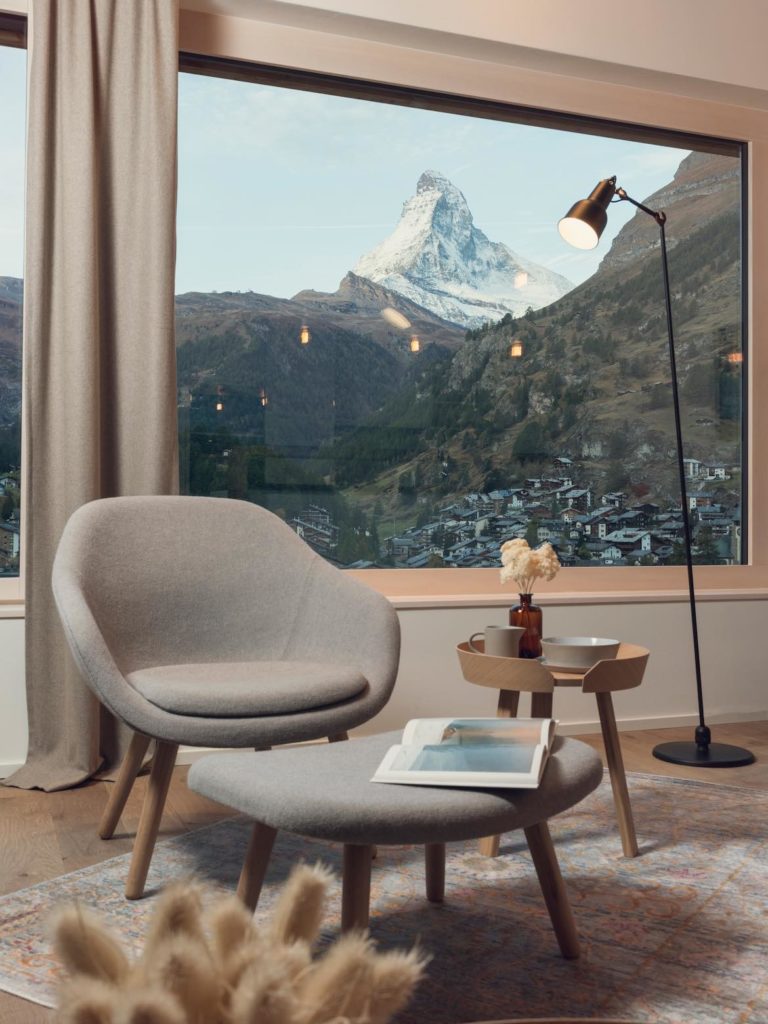
Ksenia Starikova, vice president of brand experience at Design Hotels, notes that the average user visits 30-plus sites before making a booking. “This should be eye opening to hoteliers and reveal the importance of strongly engaging with their customer at this level,” she says. And she points out that an increase in use has also brought about greater trust in online transactions.
Those who craft the physical realities of retail and hospitality experiences are well aware that the digital presence of a project has rapidly grown in importance in the eyes of their clients. And with this evolution has come almost an entirely new understanding of how the physical and digital interact.
“My mindset has always been, well before COVID-19, before a lot of these technologies have come into play, that we must consider the idea of a space that you’re buying before you get there,” says Rosie Morley, principal at Fender Katsalidis.
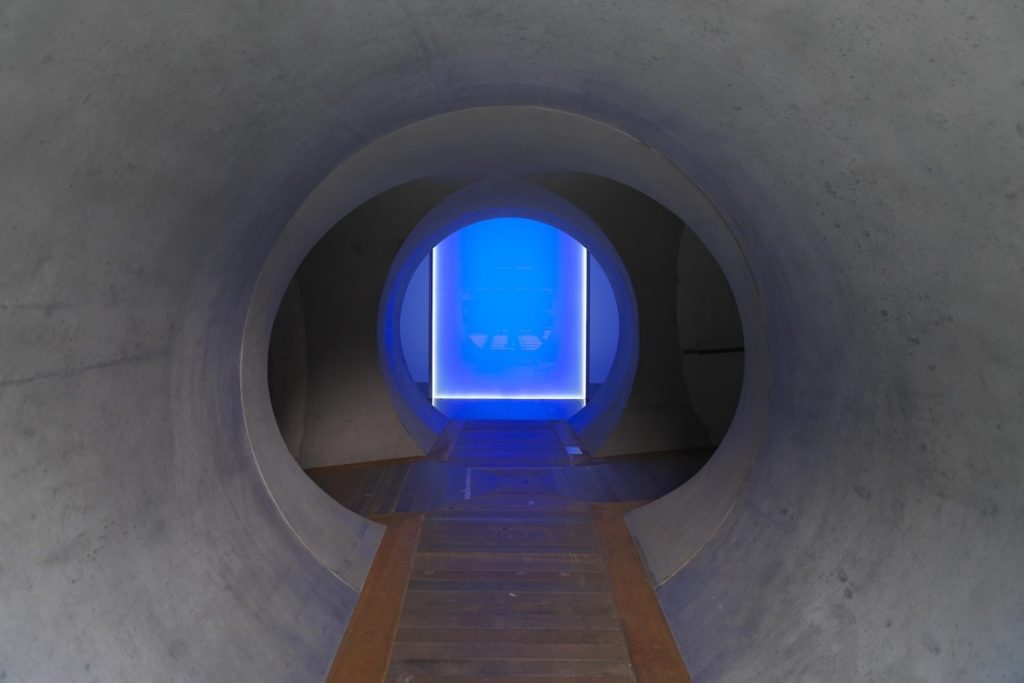
Morley’s long experience in hotel design taught her about crafting spaces that will almost always be purchased sight unseen. That perspective allowed her to shift more easily into an active role conceptualising how the spaces she creates will be captured digitally in response to clients who increasingly wanted to involve her in the process.
She cites hotel designs she was closely involved with, including United Places Botanic Gardens in Melbourne and Adelaide’s Oval Hotel, as projects that she approached with the idea of designing a virtual world before designing a physical one. She learned, “you’ve got to make that interaction between the device and the building really seamless”.
And that’s what’s happening. In the realm of hospitality and retail, the digital experience is no longer a marketing tool – a “pre” experience component – with the main purpose of getting you into the space. Now it’s before, during, and after. It gets you there, it helps you experience the space, and it tempts you back after you’ve left.

In the opinion of Barrie Barton, urban strategist and founder of Right Angle Studio, the lines between the physical space and the digital space are already somewhat a thing of the past. “In recent times our more sophisticated hospitality clients have let go of the idea that the physical and digital realms of their business can even be separated,” Barton says.
“COVID-19 has had a lot to do with that, but in some sense the pandemic has just been a time machine, speeding up our arrival at certain conclusions that were already in-train and one of those conclusions is that the world is inextricably ‘phygital’ – both physical and digital.”
Digital design, as it relates to space, is already so far beyond a sleek site that perfectly captures the ambiance of a boutique suite or invokes the feel of a luxe sheet set.
Now, it’s using your phone to check in via a digital concierge or reserve your spot for in-store shopping. It’s the push notification that asks if you have everything you need and the scannable code that unlocks information or turns the space into an augmented reality.
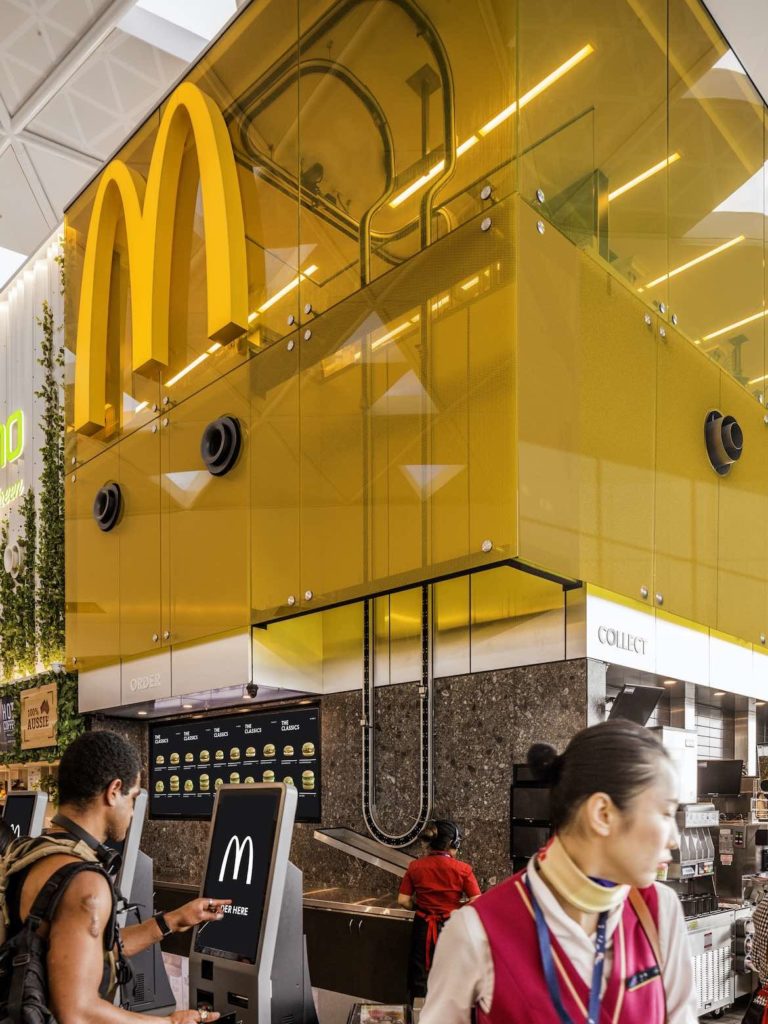
With this in mind, the possibilities for designers of physical spaces might seem endless. And certainly the integration of these new technologies opens up new frontiers for designers, architects and planners; but what of the way they have changed how and why we approach spaces of hospitality and retail, and what we expect to get out of those experiences?
Morley has increasingly observed a new expectation within the world of physical design. That being: why can’t our physical spaces be as fluctuating and varied and changing as a digital space? She sees a greater flexibility starting to be built into spaces, and a desire from clients to build spaces with the potential to be more nimble.
For Mark Landini, principal and founder of Landini Associates – whose work includes retail projects ranging from womenswear chain Glassons and Aldi, to Jurlique and tea retailer T2 – designers and consumers should both be mindful of what tech is increasingly requiring from those who enter a certain space.
“So much of what’s happening with technology is seemingly convenient but actually passes the labour back onto the customer,” Landini notes. “Our dopamine-addled brains are often unable to consider if this is actually helpful.” He reminds us that a good shopping experience is ultimately a social activity. “If digital forgets that then it subtracts that joy.”

He points to innovations like Amazon Go’s ability to eliminate checkouts – simply load up your cart and walk out of the store – as digital interventions that increase enjoyment of the task at hand. “If it can add some value to the experience then I think it’s a remarkable innovation.”
Some of the merit in good UX design, he posits, is in potentially allowing us to be more selective with and where we spend our time. “Part of that value might be not having to go to the space.” And that certainly has implications for physical design at large.
Though that might put some on edge, Landini suggests we find ourselves at a pivotal moment of opportunity.
“Now is the time to review everything, as we move toward the omnichannel trading model,” he says.
Perhaps it also presents a chance for us to rethink what we expect from the spaces where we spend our time – and what we expect from the tech that’s enmeshed with it – entirely.
Design Hotels
designhotels.com
Fender Katsalidis
fkaustralia.com
Landini Associates
landiniassociates.com
Right Angle Studio
rightanglestudio.com.au
This article originally appeared in Indesign Magazine #85. Order your copy today.
INDESIGN is on instagram
Follow @indesignlive
A searchable and comprehensive guide for specifying leading products and their suppliers
Keep up to date with the latest and greatest from our industry BFF's!

Merging two hotel identities in one landmark development, Hotel Indigo and Holiday Inn Little Collins capture the spirit of Melbourne through Buchan’s narrative-driven design – elevated by GROHE’s signature craftsmanship.

From the spark of an idea on the page to the launch of new pieces in a showroom is a journey every aspiring industrial and furnishing designer imagines making.
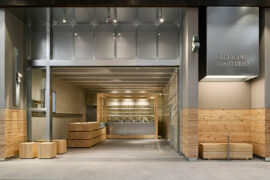
Hecker Guthrie brings a natural, material-led design to Green Cup’s new Chadstone store, pairing pine, steel and glass with a grab-and-go layout inspired by the brand’s fresh, organic ethos.

Making a splash on the hair spa scene, the latest project from X + O makes a little slice of Japan right at home in suburban Melbourne.

The World Architecture Festival has named The Holy Redeemer Church and Community Centre of Las Chumberas in La Laguna, Spain as World Building of the Year 2025, alongside major winners in interiors, future projects and landscape.
The internet never sleeps! Here's the stuff you might have missed

CDK Stone’s Natasha Stengos takes us through its Alexandria Selection Centre, where stone choice becomes a sensory experience – from curated spaces, crafted details and a colour-organised selection floor.
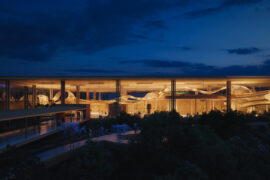
Recognised as winners at the INDE.Awards 2025, Enter Projects Asia in collaboration with SOM have received The Influencer award. Their work on Terminal 2 Kempegowda International Airport Interiors redefines the aesthetics of airport design through a monumental expression of biophilia, sustainability and craftsmanship.
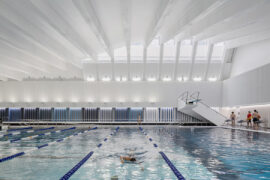
Hiwa, the University of Auckland’s six-storey recreation centre by Warren and Mahoney with MJMA Toronto and Haumi, has taken out Sport Architecture at the 2025 World Architecture Festival. A vertical village for wellbeing and connection, the project continues its run of global accolades as a new benchmark for campus life and student experience.

Merging two hotel identities in one landmark development, Hotel Indigo and Holiday Inn Little Collins capture the spirit of Melbourne through Buchan’s narrative-driven design – elevated by GROHE’s signature craftsmanship.